Demystifying USB-C: Navigating the Complex World of Charging and Data Transfer
USB-Cs growing ubiquity brings convenience and complexity. The iPhone 15s USB-C introduction highlights issues with cable speeds and standards, making cable selection crucial for users.
font size="4"strongThe Pervasiveness and Complexity of USB-C: A Double-Edged Sword/strong/font
In the ever-evolving landscape of technology, USB-C has become a ubiquitous presence. Its versatility as a data and charging port was first introduced to the masses in the 2016 MacBook Pro, and since then, it has proliferated across virtually every device in our lives. Many eagerly awaited the day when Apple would adopt USB-C for the iPhone, and the company took a step in that direction in 2018 with the introduction of the technology in the iPad Pro. By 2021, Apple had extended USB-C to even lower-end iPads. Moreover, the European Union's influence played a role in pushing Apple toward USB-C adoption, aligning with the broader trend of universalizing charging standards—a move that I, for one, wholeheartedly endorse.
However, amidst the enthusiasm surrounding USB-C's increasing prevalence, a less savory aspect has emerged, one that threatens to cloud the otherwise stellar reputation of this universal connector. The impending release of the iPhone 15 lineup, expected to be announced on September 12, 2023, will undoubtedly introduce millions of new users to the USB-C ecosystem. Unfortunately, it will also expose them to the bewildering complexity that often accompanies this technology.
The root of the problem lies in the ambiguity surrounding what precisely is supported by the USB-C port on a device and the cable that connects to it. It is not always readily apparent whether a given device or cable facilitates high-speed data transfer, high-power electrical delivery for rapid charging, both, or neither.
If rumors are to be believed, the iPhone 15 will ship with a USB-C port and charging cable that will serve as an initial taste of this complexity. Reports suggest that the cable will be adequate for charging purposes but will cap data transfer speeds at a mere 480 megabytes per second—a far cry from the lightning-fast capabilities we expect from modern technology. This sluggish speed harkens back to the USB 2.0 standard of 2000, a time when smartphones were in their infancy.
For most individuals, this issue may be nothing more than a minor inconvenience. However, it highlights the challenges inherent in the vast and intricate USB ecosystem, where cost-cutting pressures loom large, and certification is not a mandatory requirement. USB-C, with its potential for high-speed data transfer and charging, is undoubtedly superior to the aging Apple Lightning port that iPhone users have clung to since 2012. Nevertheless, Apple enthusiasts will need to brace themselves for a period of adaptation as they bid farewell to the familiar comforts of the Lightning world.
Regrettably, Apple did not respond to a request for comment regarding these concerns. Nonetheless, if the USB-C iPhones indeed materialize, the company will be compelled to explain this significant shift in what is arguably the world's most influential gadget.
The complexity of USB lies in the fact that the term encompasses three distinct standards. To clarify:
Universal Serial Bus (USB): The original standard, dating back to 1996, outlines how devices identify themselves and transmit data over a connection. It started with a modest speed of 12 megabits per second (Mbps) but gained greater utility with USB 2.0 in 2000, boasting a speed of 480 Mbps. Subsequent iterations included USB 3.0 in 2008 (5 gigabits per second or Gbps), USB 3.1 (10 Gbps), USB 3.2 (20 Gbps), and most recently, USB 4 (40 Gbps). USB 4 version 2 is on the horizon, promising speeds of up to 80 Gbps, making it ideal for high-performance storage systems, fast networks, and high-resolution monitors.
Universal Serial Bus (USB): The original standard, dating back to 1996, outlines how devices identify themselves and transmit data over a connection. It started with a modest speed of 12 megabits per second (Mbps) but gained greater utility with USB 2.0 in 2000, boasting a speed of 480 Mbps. Subsequent iterations included USB 3.0 in 2008 (5 gigabits per second or Gbps), USB 3.1 (10 Gbps), USB 3.2 (20 Gbps), and most recently, USB 4 (40 Gbps). USB 4 version 2 is on the horizon, promising speeds of up to 80 Gbps, making it ideal for high-performance storage systems, fast networks, and high-resolution monitors.
USB-C: This term pertains solely to the oval-shaped connector technology used in USB ports. In the early days of USB-C, it was common for Android phones to support only sluggish USB 2.0 data transfer speeds. However, this problem has largely subsided with the advent of newer models. As time goes on, USB 4.0 will necessitate USB-C ports, gradually equating USB-C with high-speed capabilities.
USB-C: This term pertains solely to the oval-shaped connector technology used in USB ports. In the early days of USB-C, it was common for Android phones to support only sluggish USB 2.0 data transfer speeds. However, this problem has largely subsided with the advent of newer models. As time goes on, USB 4.0 will necessitate USB-C ports, gradually equating USB-C with high-speed capabilities.
USB Power Delivery (USB PD): USB PD governs the utilization of USB for charging, accommodating rates of up to 240 watts (W). While most devices do not require such substantial power, they do need to negotiate electrical specifications, such as whether a portable battery should charge a laptop or vice versa.
USB Power Delivery (USB PD): USB PD governs the utilization of USB for charging, accommodating rates of up to 240 watts (W). While most devices do not require such substantial power, they do need to negotiate electrical specifications, such as whether a portable battery should charge a laptop or vice versa.
The existence of these three standards—USB, USB-C, and USB PD—adds complexity to the understanding of our devices and cables. Moreover, many manufacturers, in their haste to reduce costs and expedite product shipments, bypass the certification process offered by the USB Implementers Forum. Unlike Intel's Thunderbolt, which introduced fast data transfer to modern USB, USB-C lacks mandatory testing requirements. Consequently, consumers often find themselves faced with the choice of purchasing cheaper, lower-quality cables or investing in pricier, higher-performance options.
One useful rule of thumb to remember is that cables marketed as "charging cables" typically prioritize power delivery over high-speed data transfer capabilities. This is a pattern observed even with the USB-C cables supplied by Apple with its MacBook laptops for several years. As a result, caution is warranted when selecting cables, as appearances can be deceiving. For instance, a cable labeled as a USB 4 product may, upon closer inspection, reveal support only for USB 2.0 data transfer rates. This discrepancy might stem from confusion, deception, or an attempt to suggest compatibility with USB 4 ports, even if the cable only delivers sluggish data transfer rates. Fortunately, USB's robust backward compatibility ensures that older, slower products generally function adequately when connected to newer devices.
While I personally have not encountered significant issues with slow cables, I primarily use USB-C for charging purposes. Devices requiring high-speed connections remain tethered to their dedicated fast cables. However, unforeseen problems can arise, as I experienced during a recent trip when slow cables hampered the process of transferring photos from a new Canon mirrorless camera to my laptop.
The good news for future iPhone owners is that most of them are unlikely to be greatly affected by the limitations of a slow cable. In the past, data transfer rates were a critical concern when using iTunes to synchronize music and photos between laptops and iPhones. However, the landscape has shifted dramatically. As photo and video files balloon in size, driven by 50-megapixel phone cameras and 4K video recording, the majority of users now rely on mobile networks, Wi-Fi, and AirDrop for data transfers, rather than cables.
This shift in data transfer methods provides a rationale for Apple's decision to ship the iPhone 15 with a USB 2.0 cable. The majority of users no longer depend on physical connections for data transfers, rendering faster cables unnecessary for everyday tasks.
Nonetheless, for individuals with substantial data needs, such as those recording large volumes of 4K ProRes video, a faster cable remains indispensable. As someone who has felt the limitations of the Lightning port on my iPhone, I empathize with their frustration. Ideally, these discerning users will seek out high-quality cables tailored to their specific requirements or, if rumors prove true, they can simply rely on the faster cable provided with iPhone Pro models.
In my personal purchasing decisions, I prioritize USB-C products that have undergone certification testing by the USB Implementers Forum. Look for products bearing USB-IF
Download your fonts:
Never Ever Font - Free Download
Halloween Sweet Font - Free Download
Scatter Ink Font - Free Download
Mereoleona Script Font - Free Download
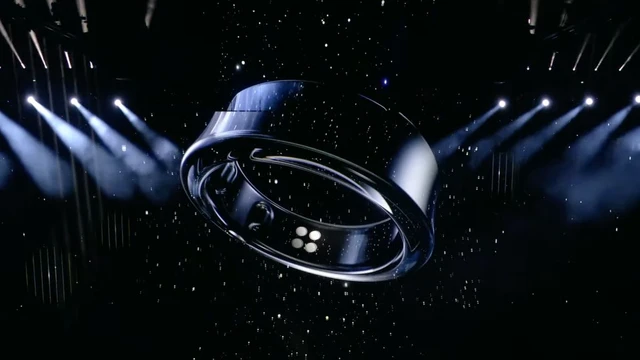


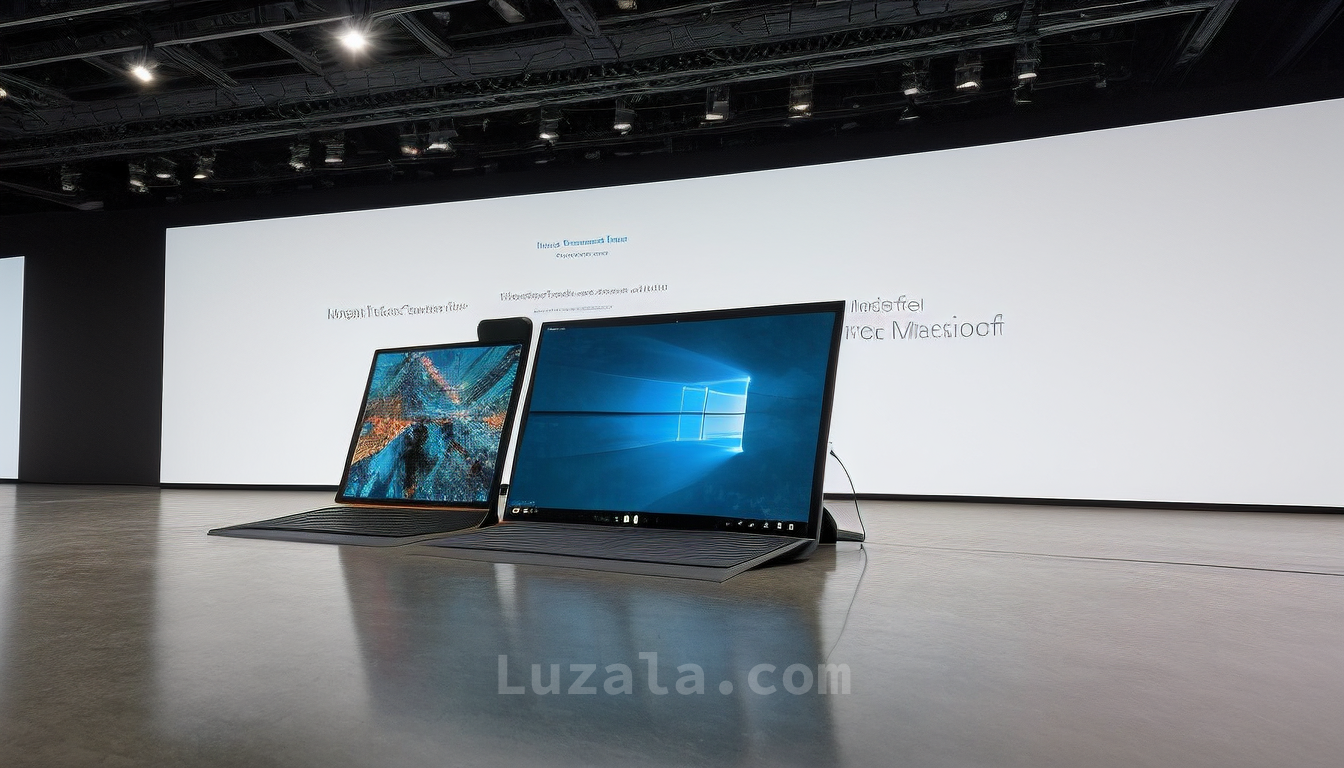
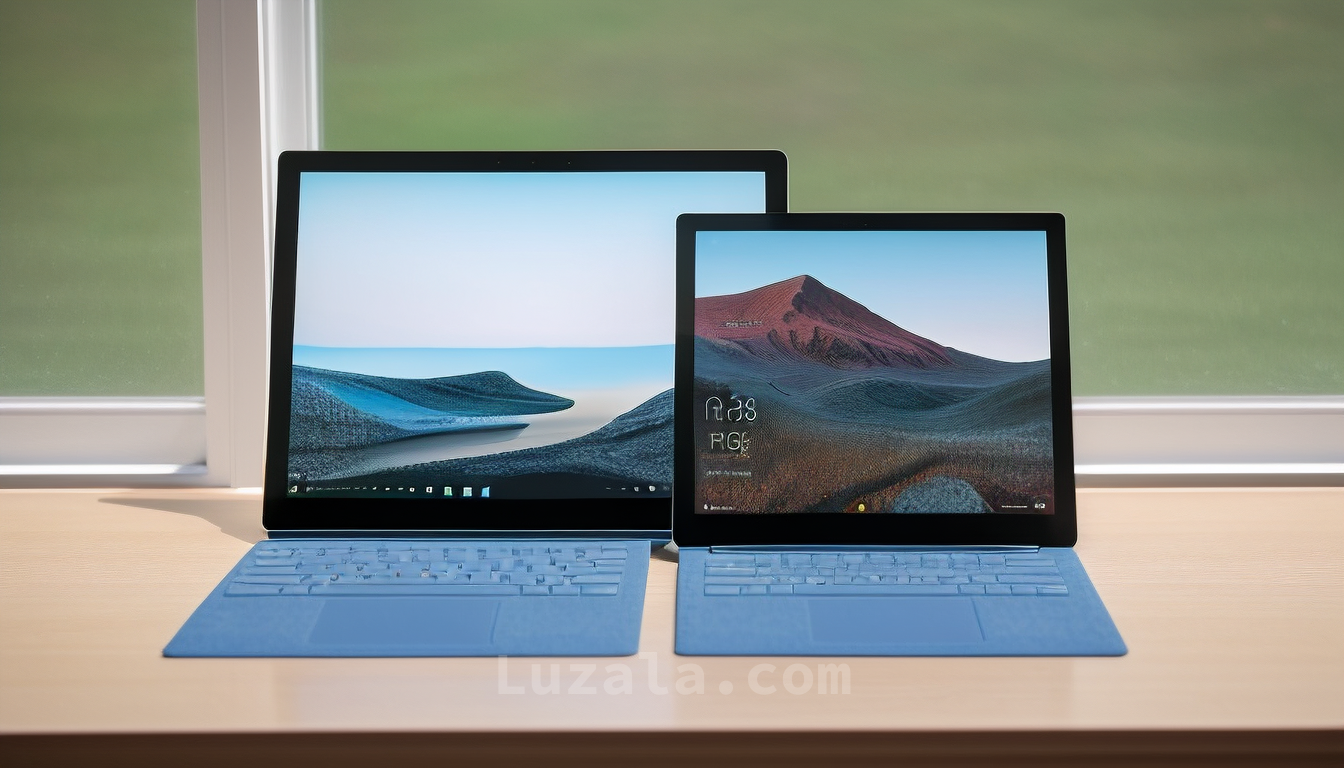

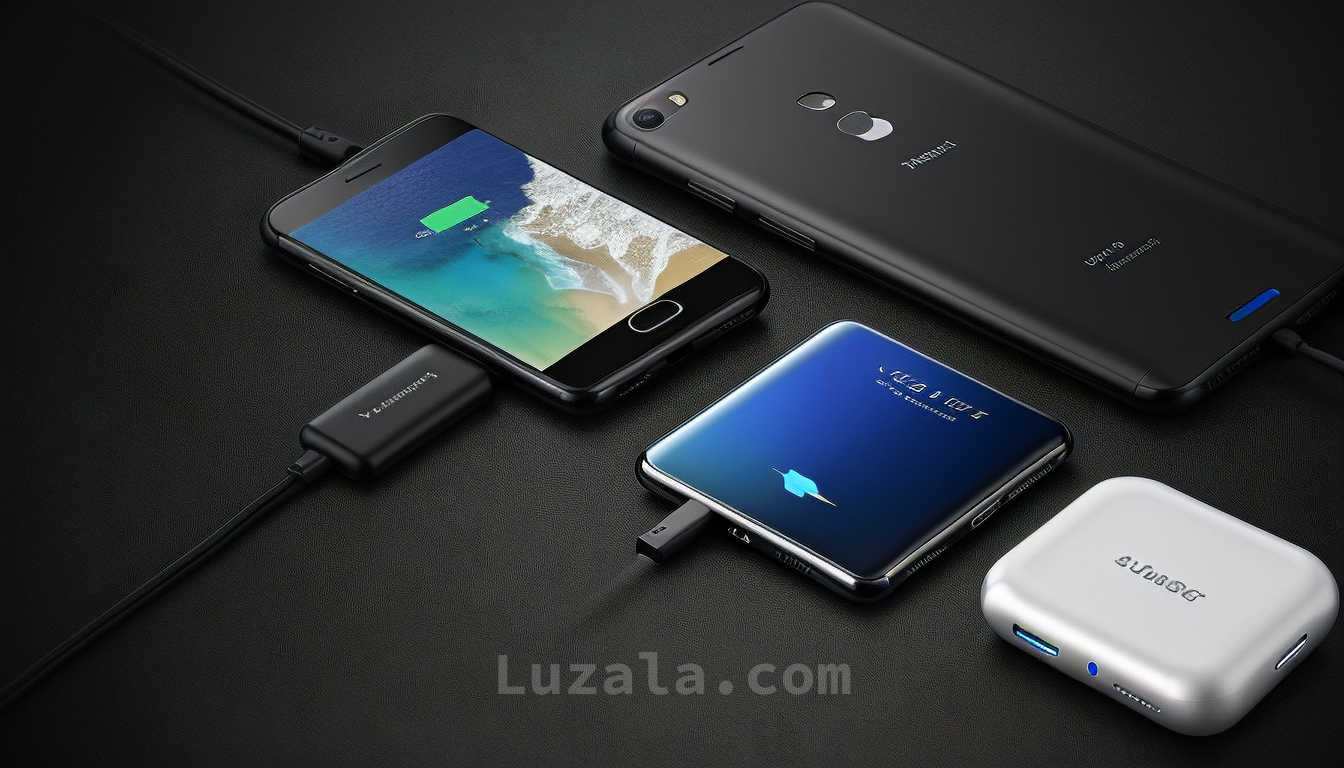

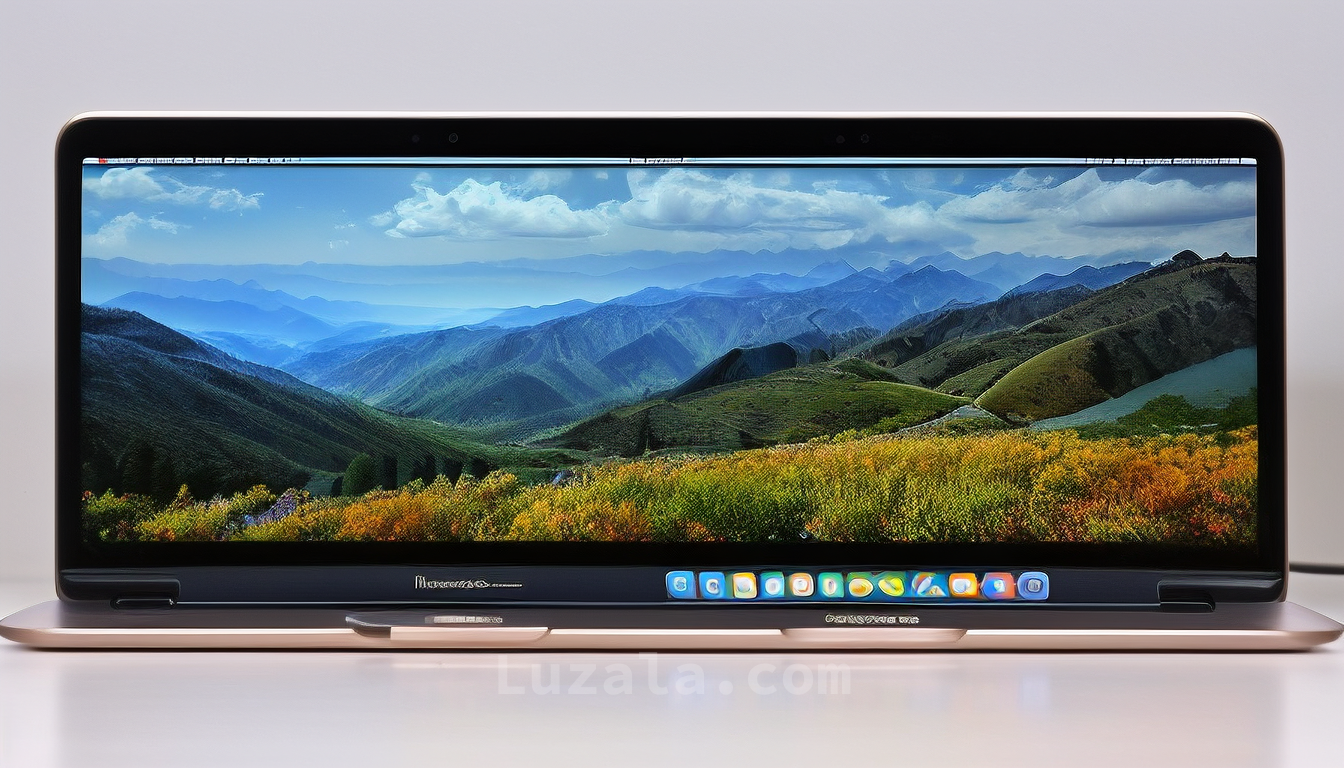
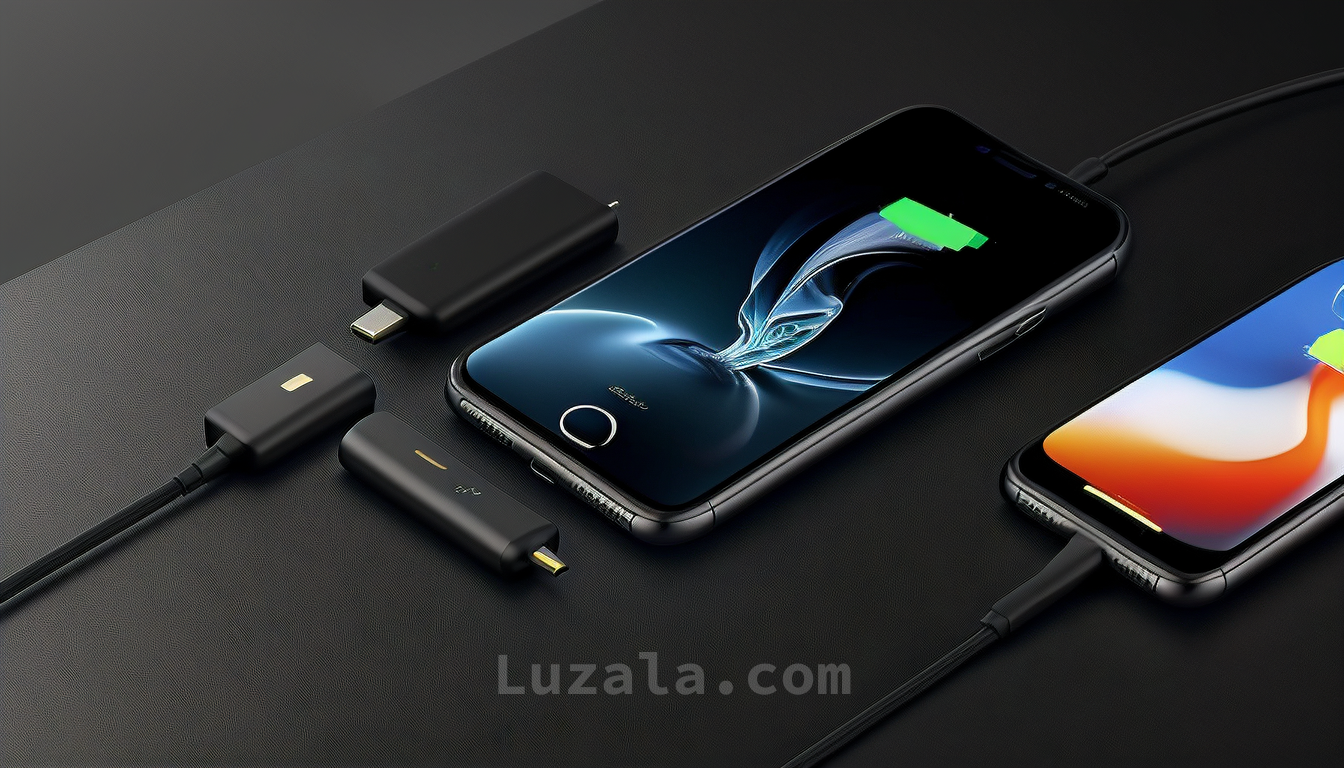





Comments